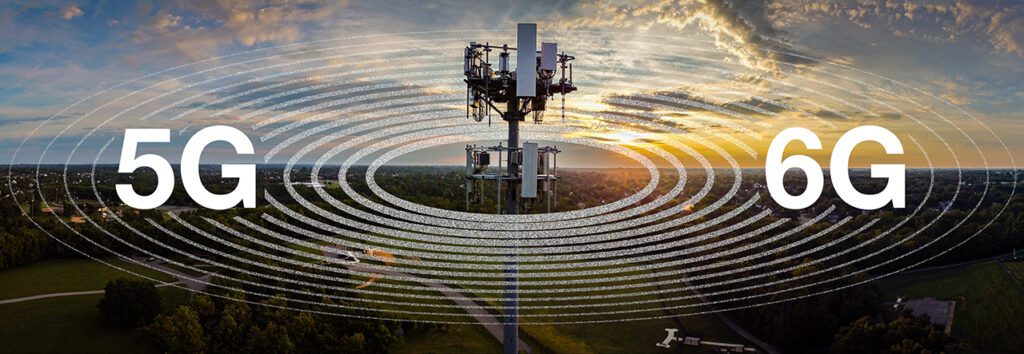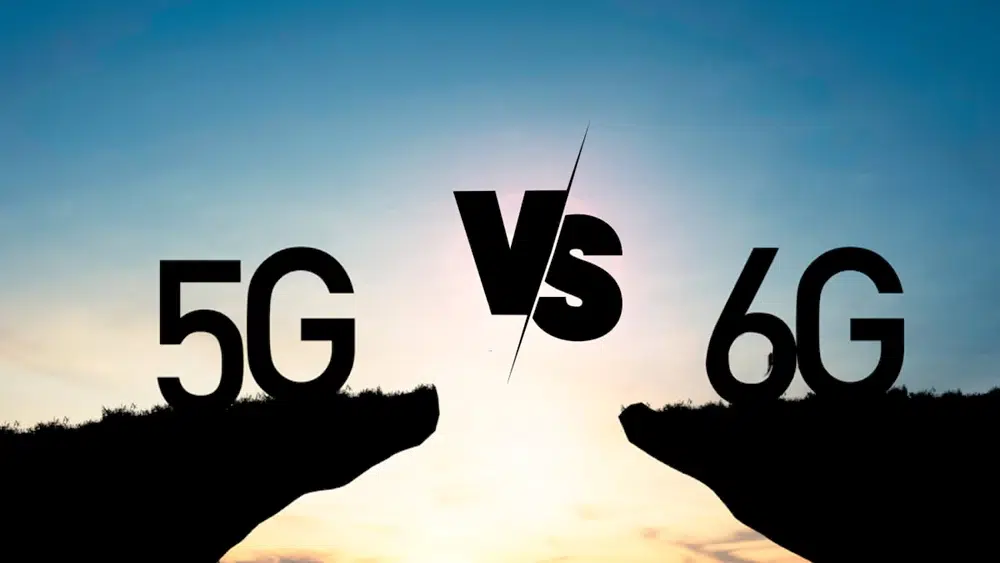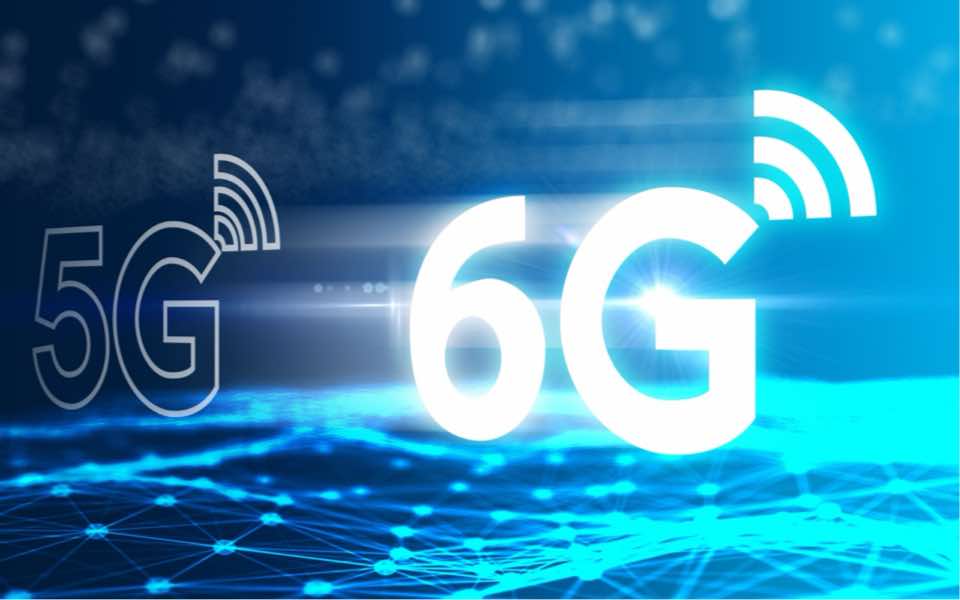5G vs 6G: What’s Coming Next in Mobile Internet?

The world of mobile internet is moving fast. While 5G is still being rolled out globally and transforming the way we connect, the tech world is already buzzing about 6G — the sixth generation of wireless technology. But what is 6G, and how does it compare to 5G? Let’s explore what’s next in the evolution of mobile internet.

A Quick Look at 5G
5G, or fifth-generation mobile technology, is designed to offer much faster internet speeds, lower latency (delay), and support for a huge number of connected devices. Compared to 4G, 5G brings improvements such as:
- Faster downloads and streaming
- Better support for smart devices and IoT (Internet of Things)
- Smoother video calls and gaming experiences
- Improved remote work and virtual meetings
Thanks to 5G, we’re already seeing advancements in areas like smart cities, autonomous vehicles, and remote healthcare.
What is 6G? The Next Leap
6G is the upcoming sixth generation of mobile networks, expected to arrive commercially around 2030. While it’s still in the research and development phase, early predictions suggest that 6G will go far beyond 5G in terms of performance and possibilities.
Experts believe 6G will offer internet speeds up to 100 gigabits per second or more — that’s ten times faster than the best of 5G. It’s also expected to reduce latency to just 1 microsecond, enabling almost instant communication between devices. This level of speed and responsiveness will open the door to technologies that are currently just ideas — like real-time holograms and brain-computer interfaces.

How 6G Will Be Different From 5G
While 5G focuses on connecting devices quickly and reliably, 6G aims to create a truly intelligent and immersive digital world. Here are the main differences in simple terms:
- Speed: 5G delivers up to 10 Gbps (gigabits per second), while 6G is expected to reach or exceed 100 Gbps.
- Latency: 5G has latency around 1 millisecond — fast enough for most uses today. But 6G will cut this down to about 1 microsecond, making real-time applications even more seamless.
- Technology Integration: 5G supports smart devices and IoT. 6G will support AI-powered networks, holographic communication, and brain-machine connections.
- Frequencies Used: 5G operates on millimeter wave spectrum (up to 100 GHz). 6G will move into terahertz frequencies, allowing for greater data capacity and ultra-fast speeds.
What Can We Expect from 6G?
Here’s a peek into the futuristic features 6G might bring:
- Real-Time Holograms
Video calls could become 3D experiences. With 6G’s speed, holographic communication could feel as real as face-to-face meetings. - Fully Smart Environments
6G could enable cities, homes, and workplaces to be even smarter — with devices communicating instantly, learning from each other, and adapting to human needs. - Brain-Computer Interfaces
Though still in early stages, 6G could support devices that interact directly with your brain — helping with medical treatments, accessibility, and more. - AI-Driven Networks
6G networks will likely use built-in artificial intelligence to manage themselves, making them more efficient and responsive to user needs.
Challenges on the Road to 6G
Despite its incredible promise, 6G will face some serious challenges:
- Building the required infrastructure will be costly and time-consuming.
- Operating on higher frequencies means shorter range and signal interference issues.
- consumption could rise significantly, raising sustainability concerns.
- Security, privacy, and global accessibility will be major issues to tackle.
Final Thoughts: Is 6G the Future?
5G has already changed how we live, work, and connect. But 6G promises to take things even further — into a world of real-time virtual experiences, ultra-smart systems, and deeper human-tech integration.
While 5G is still growing, 6G is shaping up to be a revolutionary step forward. It’s not just about faster internet — it’s about creating a more connected, intelligent, and immersive world.
The future of mobile internet is coming — and it’s closer than you think.







